Home>Maintenance & Safety>Emergency Preparedness>How Big Of A Backup Generator Do I Need
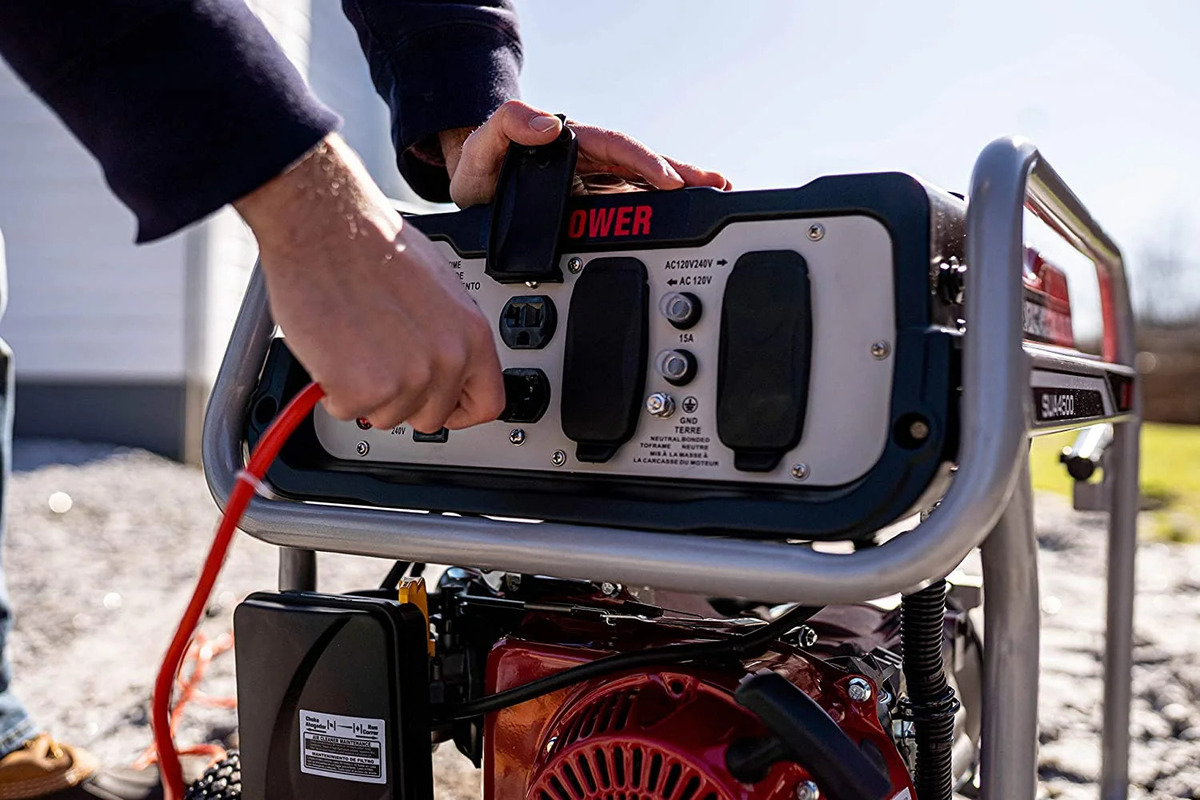

Emergency Preparedness
How Big Of A Backup Generator Do I Need
Modified: March 1, 2024
Ensure your emergency preparedness with the right backup generator size. Learn how to determine the ideal capacity for your needs.
(Many of the links in this article redirect to a specific reviewed product. Your purchase of these products through affiliate links helps to generate commission for Storables.com, at no extra cost. Learn more)
Introduction
In times of unexpected power outages, having a reliable backup generator can make a significant difference in maintaining comfort and safety. Whether you reside in an area prone to severe weather conditions or simply seek to prepare for unforeseen electrical disruptions, selecting the right backup generator is crucial. This article aims to guide you through the process of determining the appropriate size for a backup generator, considering various factors such as power needs, generator sizing, and types of backup generators available. By the end of this comprehensive guide, you will be equipped with the knowledge to make an informed decision and ensure that your backup power source meets your specific requirements.
Key Takeaways:
- Determine your power needs by listing essential appliances and calculating their wattage. Consider surge wattage and future needs for a reliable backup generator size.
- Choose the right backup generator type based on your preferences and power requirements. Consider factors like portability, automatic operation, and fuel options.
Read more: How Big Of A Shed Do I Need
Factors to Consider
When assessing the appropriate size for a backup generator, several key factors should be taken into account to ensure that the generator can adequately meet your power needs during an outage.
- Power Requirements: Begin by evaluating the essential appliances and devices you would need to power during an outage. Consider critical systems such as refrigerators, medical equipment, heating or cooling systems, and communication devices. Understanding the wattage requirements of these appliances will provide a foundation for determining the overall power capacity needed from a backup generator.
- Location and Climate: Your geographical location and the prevalent weather conditions play a vital role in selecting the right generator size. Areas prone to extreme weather events, such as hurricanes or blizzards, may necessitate a larger generator to sustain power during prolonged outages.
- Duration of Outages: Assess the typical duration of power outages in your area. If extended outages are common, a generator with a larger fuel capacity and power output may be necessary to ensure sustained electricity supply until regular power is restored.
- Budget and Available Space: Consider your budget for the generator purchase and installation, as well as the physical space available for the unit. Larger generators tend to be more expensive and require ample space for proper installation and ventilation.
- Regulatory Requirements: Familiarize yourself with any local regulations or building codes related to generator installation and operation. Compliance with these requirements may influence the size and type of generator suitable for your property.
By carefully considering these factors, you can make a well-informed decision regarding the size and capacity of the backup generator that aligns with your specific needs and circumstances.
Calculating Your Power Needs
Accurately determining your power needs is essential for selecting the right size of a backup generator. By assessing the wattage requirements of the appliances and devices you intend to power during an outage, you can calculate the total power capacity needed to maintain essential functions.
Start by creating a comprehensive list of the critical appliances, equipment, and devices that would require power during an outage. This may include refrigerators, freezers, sump pumps, lighting, heating or cooling systems, communication devices, and medical equipment, among others. Once you have identified these items, gather the necessary information to calculate their power consumption.
For most appliances, the wattage rating can be found on a label or in the product manual. If the wattage is not provided, you can use an ammeter to measure the electrical current drawn by the appliance and calculate the wattage using the formula: Wattage = Voltage x Amperage.
After obtaining the wattage ratings for each appliance, add them together to determine the total power requirements. It is important to consider the starting wattage, or surge wattage, for devices with electric motors, such as refrigerators and sump pumps, as they require additional power when starting up. Once you have the total wattage, you can select a generator with a capacity that comfortably exceeds this sum to accommodate potential surges and ensure reliable operation.
Additionally, factor in any future power needs or potential expansions when calculating your power requirements. By anticipating any changes or additions to your electrical load, you can invest in a generator that offers sufficient capacity for both current and future needs, providing long-term value and flexibility.
By diligently calculating your power needs and accounting for potential surges and future requirements, you can confidently proceed to the next step of understanding generator sizing and selecting the most suitable backup power solution for your home or business.
When determining the size of a backup generator you need, consider the essential appliances and equipment you want to power during an outage. Calculate the total wattage they require and choose a generator with a capacity that exceeds this total.
Understanding Generator Sizing
Generator sizing involves determining the appropriate power capacity of a backup generator to meet the electrical demands of your home or business during a power outage. Proper sizing is crucial to ensure that the generator can effectively power essential appliances and systems without overloading or underperforming.
Generators are sized based on their kilowatt (kW) output capacity, which indicates the amount of power they can supply. When selecting a generator size, it is essential to consider both the continuous power output and the surge power, also known as starting wattage, required to start certain appliances and equipment.
For residential applications, generator sizes typically range from 7 kW to 22 kW, with larger sizes available for commercial and industrial use. The sizing process involves assessing the total wattage requirements of the appliances and devices you intend to power, factoring in any surge wattage, and selecting a generator with a capacity that comfortably exceeds this total.
It is important to note that generators with higher kW ratings offer greater power capacity, allowing for the simultaneous operation of more appliances and systems. Additionally, larger generators often feature advanced capabilities, such as automatic voltage regulation and quieter operation, enhancing overall performance and user experience.
When sizing a generator, careful consideration should also be given to the transfer switch, which manages the transition of electrical power from the utility grid to the generator during an outage. The transfer switch must be compatible with the generator and capable of handling the anticipated electrical load, further emphasizing the importance of accurate sizing.
Furthermore, working with a qualified electrician or generator specialist can provide valuable guidance in determining the optimal generator size for your specific requirements. These professionals can conduct a thorough assessment of your power needs, recommend suitable generator options, and ensure proper installation and compliance with local regulations.
By understanding the principles of generator sizing and leveraging expert support when necessary, you can confidently select a backup generator that aligns with your power needs, offering reliable performance and peace of mind during unexpected outages.
Types of Backup Generators
Backup generators are available in various types and configurations, each offering unique features and benefits to address specific power needs and preferences. Understanding the different types of backup generators can assist in selecting the most suitable option for your home or business.
- Portable Generators: Portable generators are versatile and convenient power sources that can be easily transported and utilized for temporary backup power. They typically run on gasoline or propane and are ideal for powering essential appliances and devices during short-term outages. While portable generators offer flexibility, they require manual setup and must be operated outdoors to prevent carbon monoxide exposure.
- Standby Generators: Standby generators, also known as stationary generators, are permanently installed units that automatically provide backup power when the main electrical supply is interrupted. These generators are connected to the existing electrical system and fueled by natural gas or propane, offering seamless and reliable operation. Standby generators are available in various sizes to accommodate different power requirements and can sustain prolonged outages, making them well-suited for homes and businesses seeking continuous power supply.
- Inverter Generators: Inverter generators are a popular choice for their quiet operation, fuel efficiency, and clean power output. These generators utilize advanced technology to produce stable and consistent electrical output, making them suitable for powering sensitive electronics and devices. Inverter generators are compact, lightweight, and often feature parallel connectivity to increase power capacity when needed.
- Whole House Generators: Whole house generators, as the name suggests, are designed to provide comprehensive backup power for an entire residence. These generators are typically high-capacity standby units that can support the full electrical load of a home, ensuring uninterrupted power for all appliances, lighting, and systems. Whole house generators offer peace of mind during extended outages and are professionally installed to seamlessly integrate with the existing electrical infrastructure.
- Dual-Fuel Generators: Dual-fuel generators offer the flexibility of running on either gasoline or propane, providing users with options for fuel availability and convenience. These generators allow for easy fuel switching based on availability and cost, offering versatility in various operational scenarios.
Each type of backup generator presents distinct advantages and considerations, and the selection of the most suitable option depends on factors such as power requirements, installation preferences, fuel availability, and budget constraints. By evaluating the features and capabilities of different generator types, you can make an informed decision that aligns with your specific needs and ensures reliable backup power when it is needed most.
Read more: How Big Of A Dehumidifier Do I Need
Conclusion
Choosing the right size for a backup generator is a critical aspect of emergency preparedness, enabling you to maintain essential functions and comfort during power outages. By carefully considering factors such as power requirements, location, budget, and regulatory considerations, you can make informed decisions that align with your specific needs and circumstances.
Accurately calculating your power needs provides a solid foundation for selecting a generator with the appropriate capacity to sustain critical appliances and systems. Understanding generator sizing principles, including continuous power output and surge capacity, empowers you to choose a unit that can reliably meet your electrical demands.
Additionally, familiarizing yourself with the various types of backup generators, such as portable, standby, inverter, whole house, and dual-fuel generators, allows you to explore options that best suit your preferences and operational requirements. Whether prioritizing portability, seamless automatic operation, clean power output, or comprehensive whole-house coverage, there is a backup generator type tailored to your specific needs.
Finally, collaborating with qualified professionals, such as electricians or generator specialists, can provide valuable guidance throughout the selection, sizing, and installation process. Their expertise ensures that the chosen backup generator meets safety standards, regulatory requirements, and integrates seamlessly with your existing electrical system.
Ultimately, investing in a backup generator tailored to your needs offers peace of mind, resilience during emergencies, and the assurance that essential functions and comfort will remain uninterrupted, even in the face of unexpected power disruptions. By leveraging the insights and considerations outlined in this guide, you are well-equipped to make informed decisions and secure a reliable backup power solution for your home or business.
Frequently Asked Questions about How Big Of A Backup Generator Do I Need
Was this page helpful?
At Storables.com, we guarantee accurate and reliable information. Our content, validated by Expert Board Contributors, is crafted following stringent Editorial Policies. We're committed to providing you with well-researched, expert-backed insights for all your informational needs.

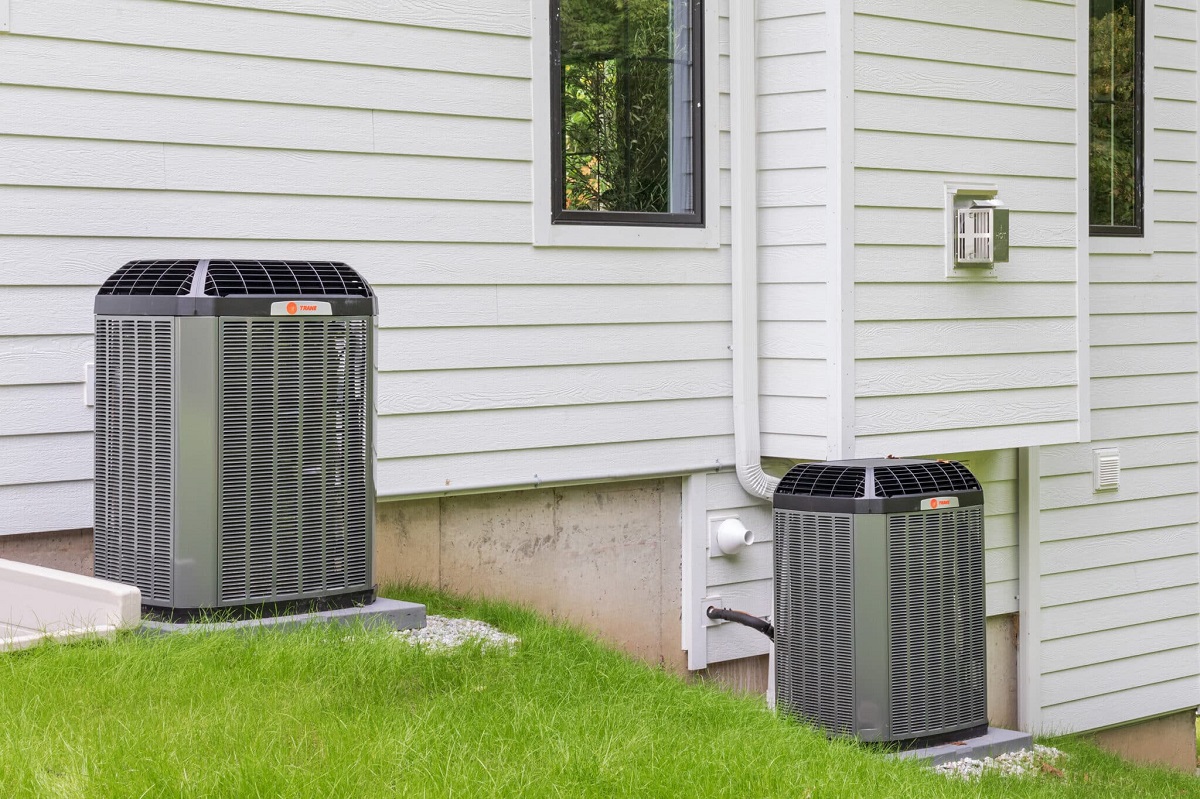
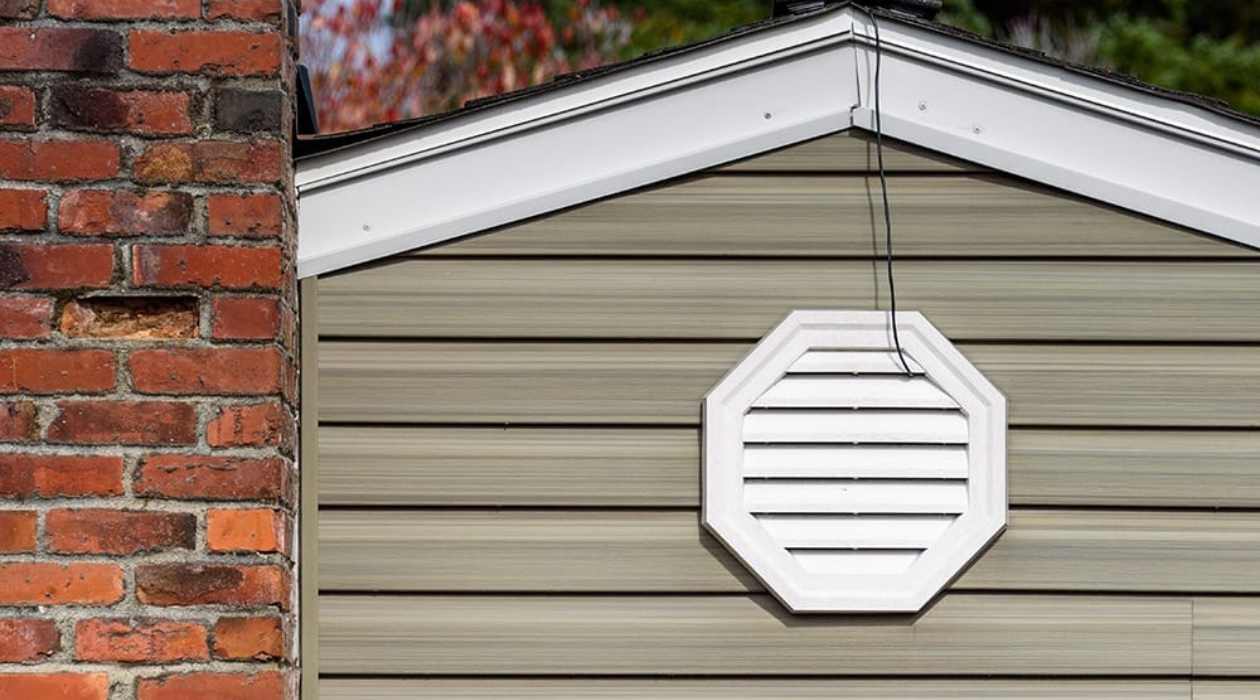
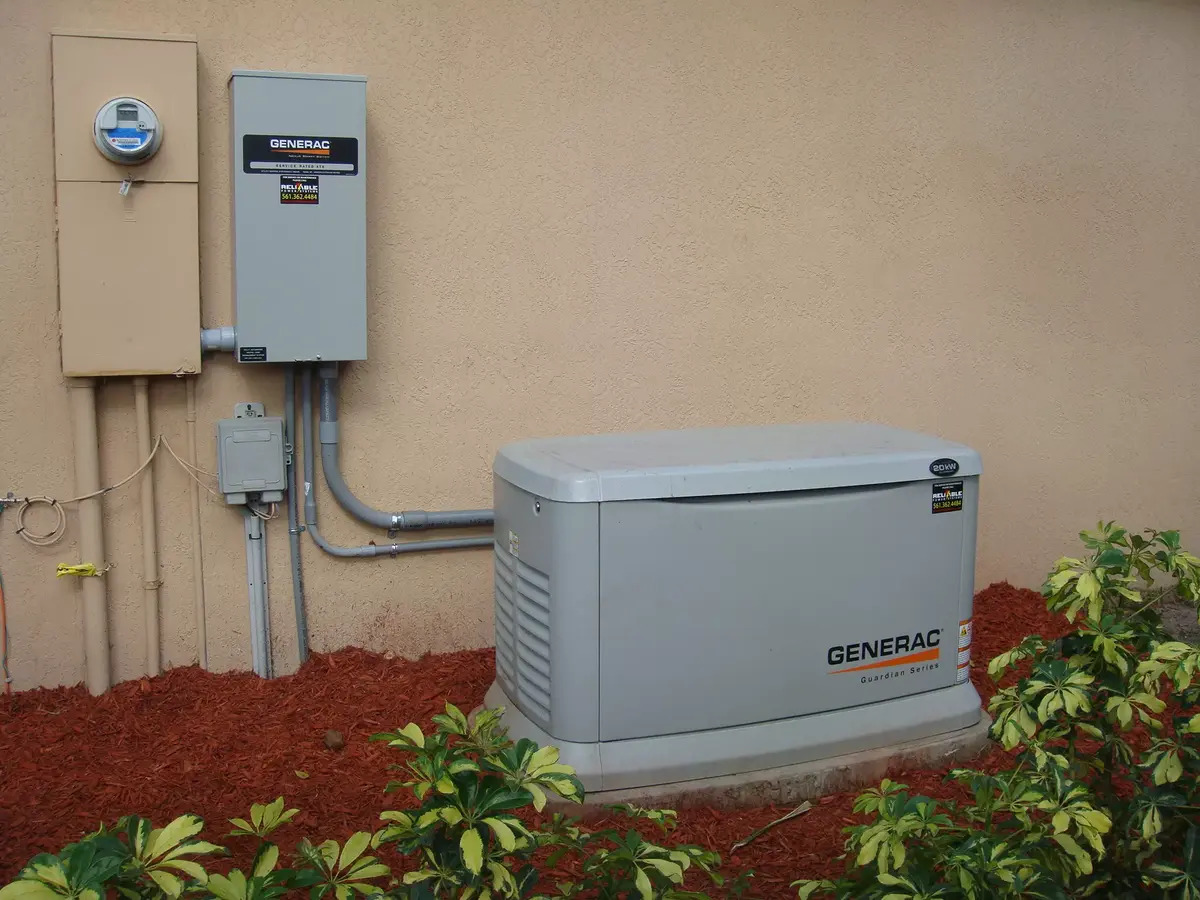
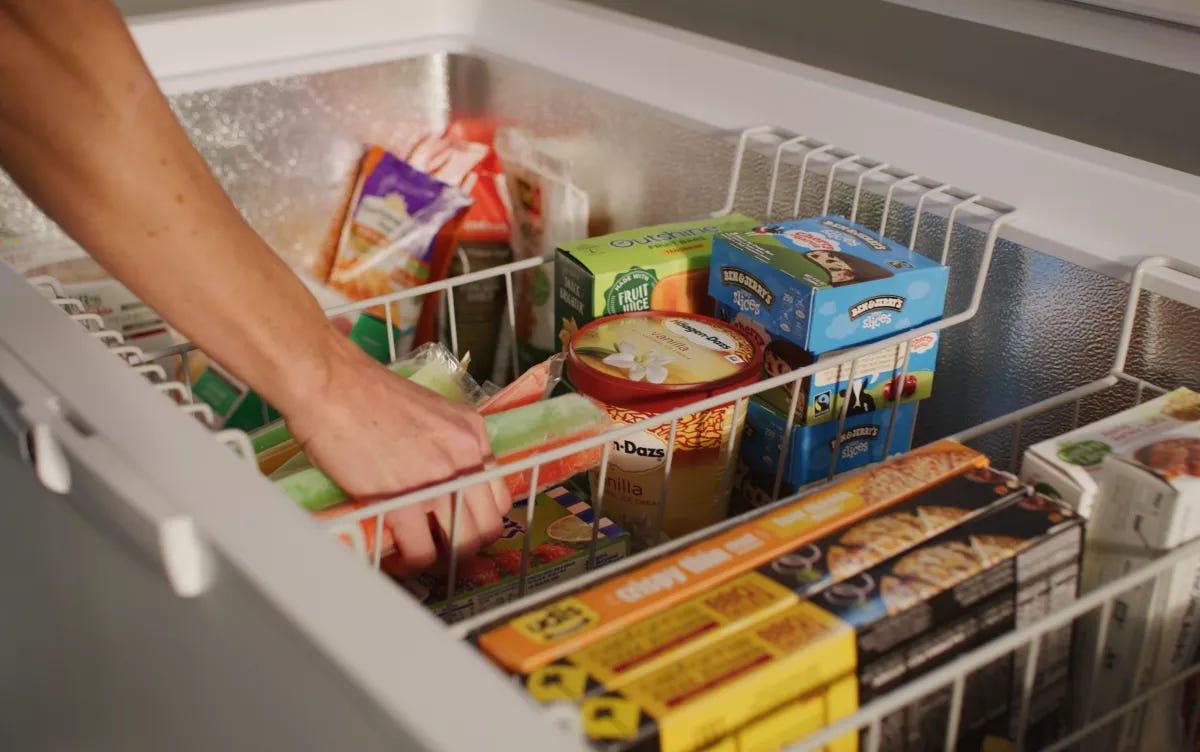
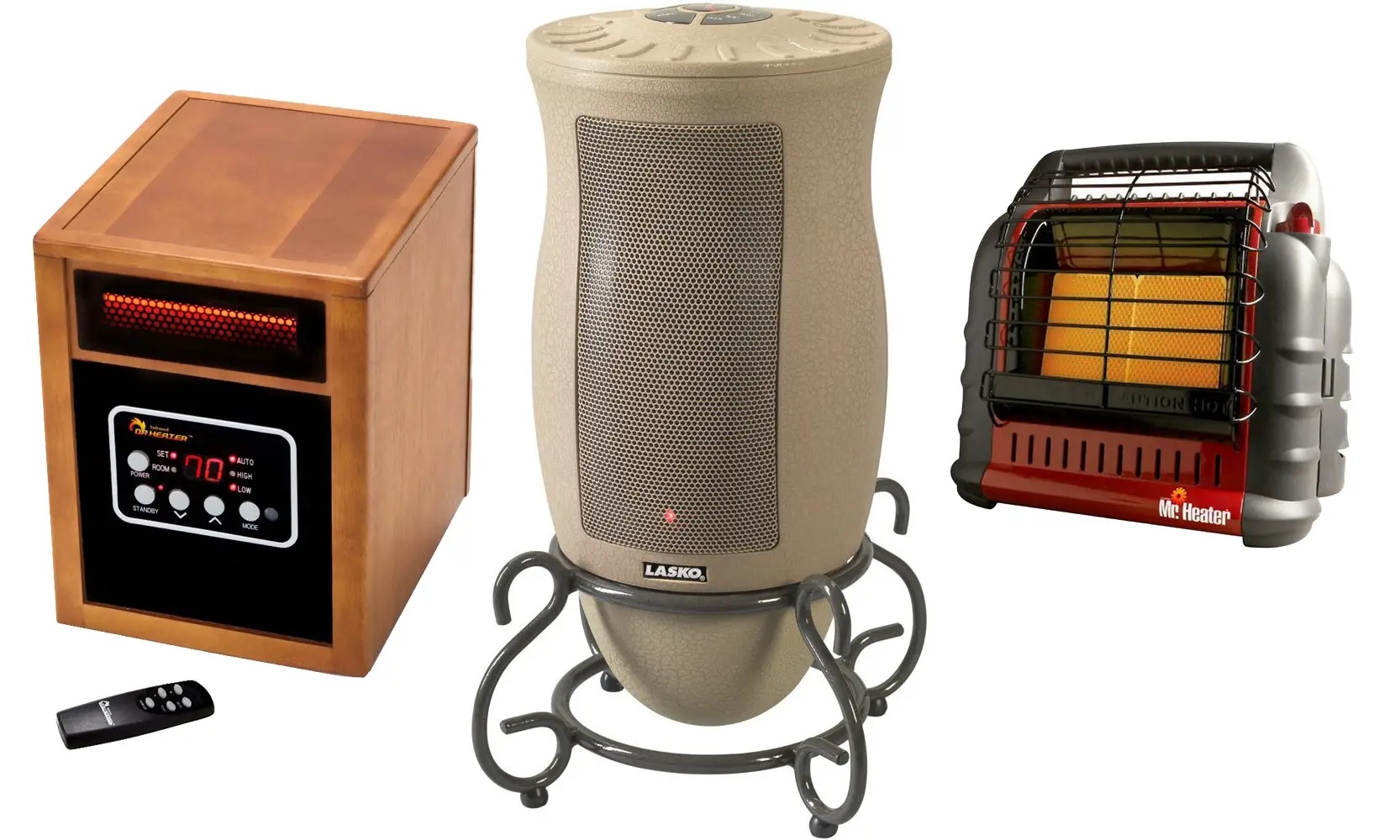
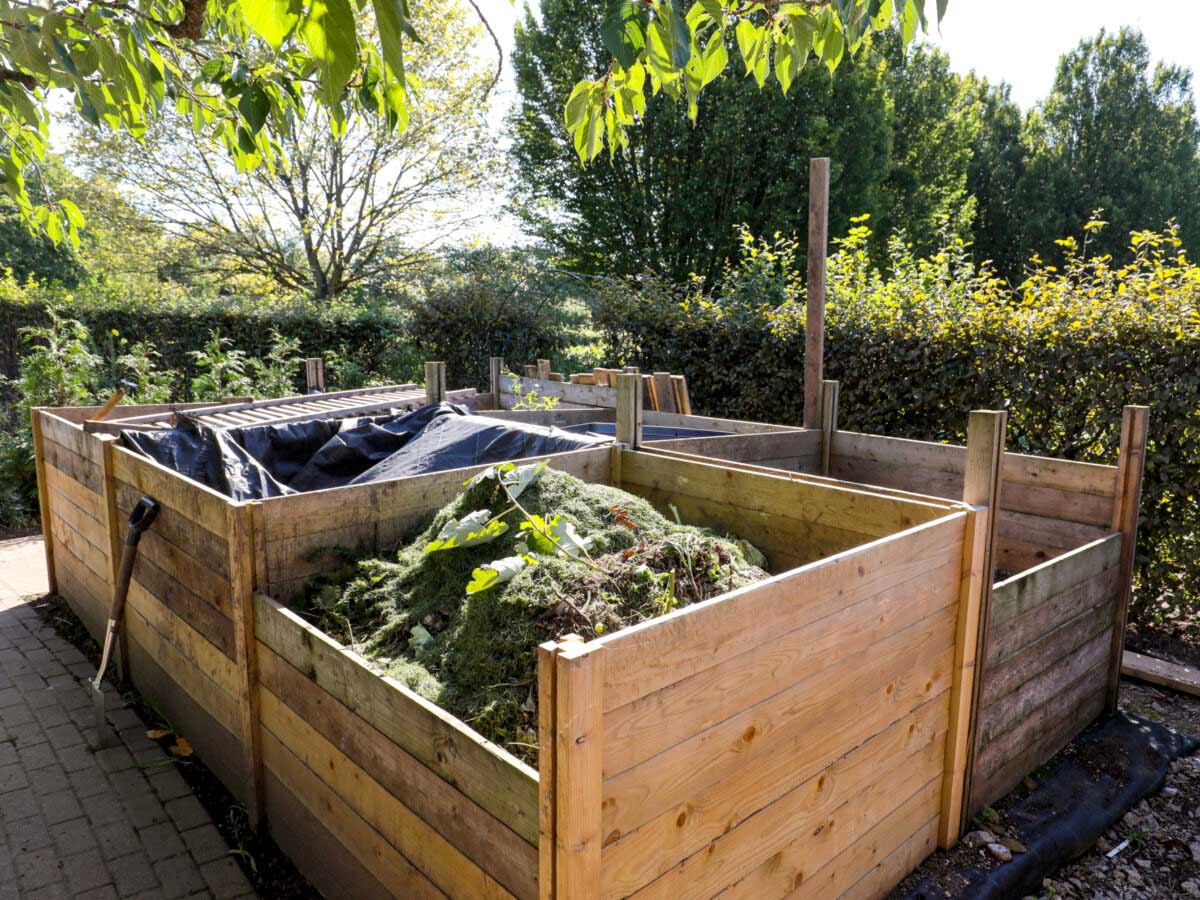

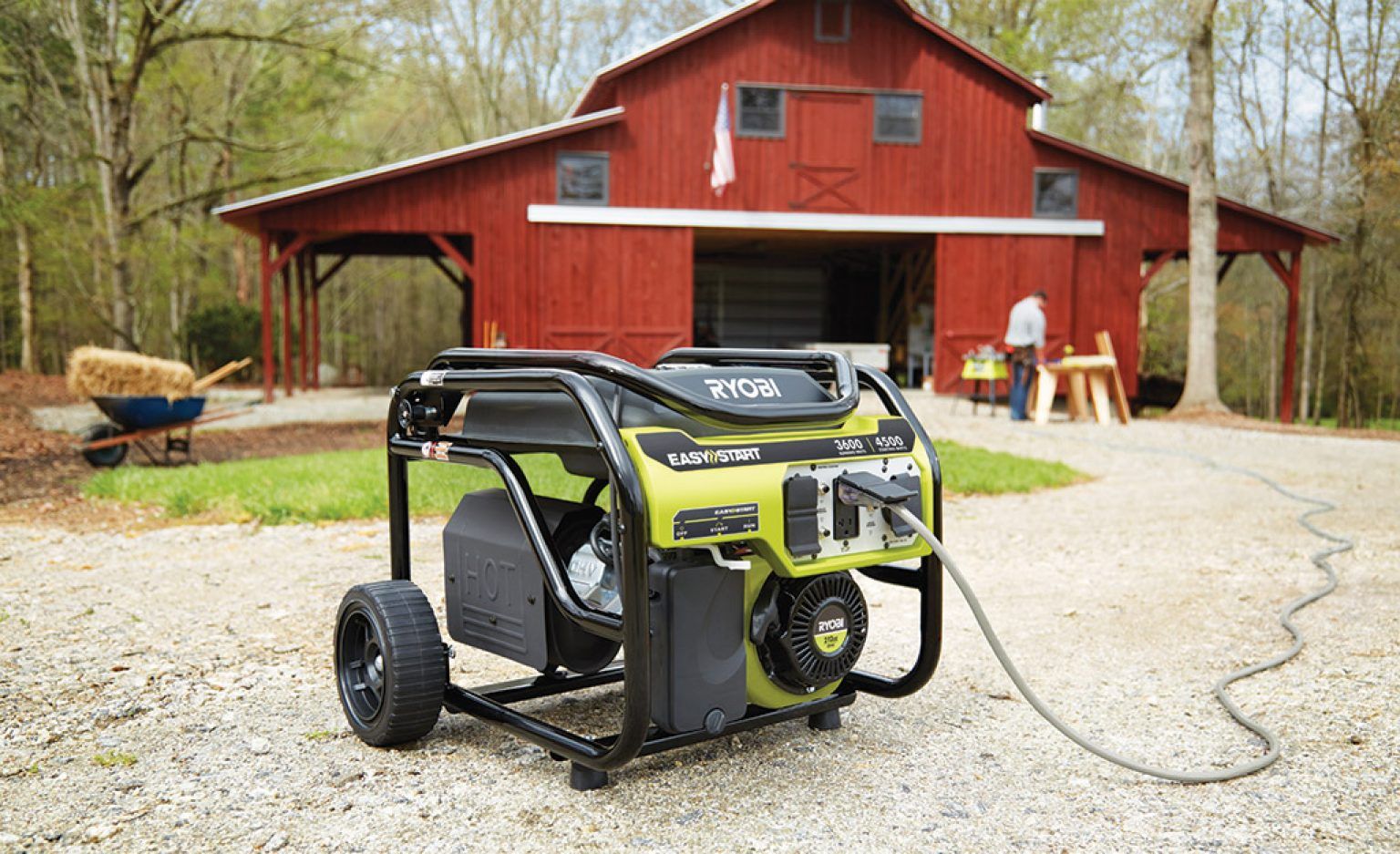
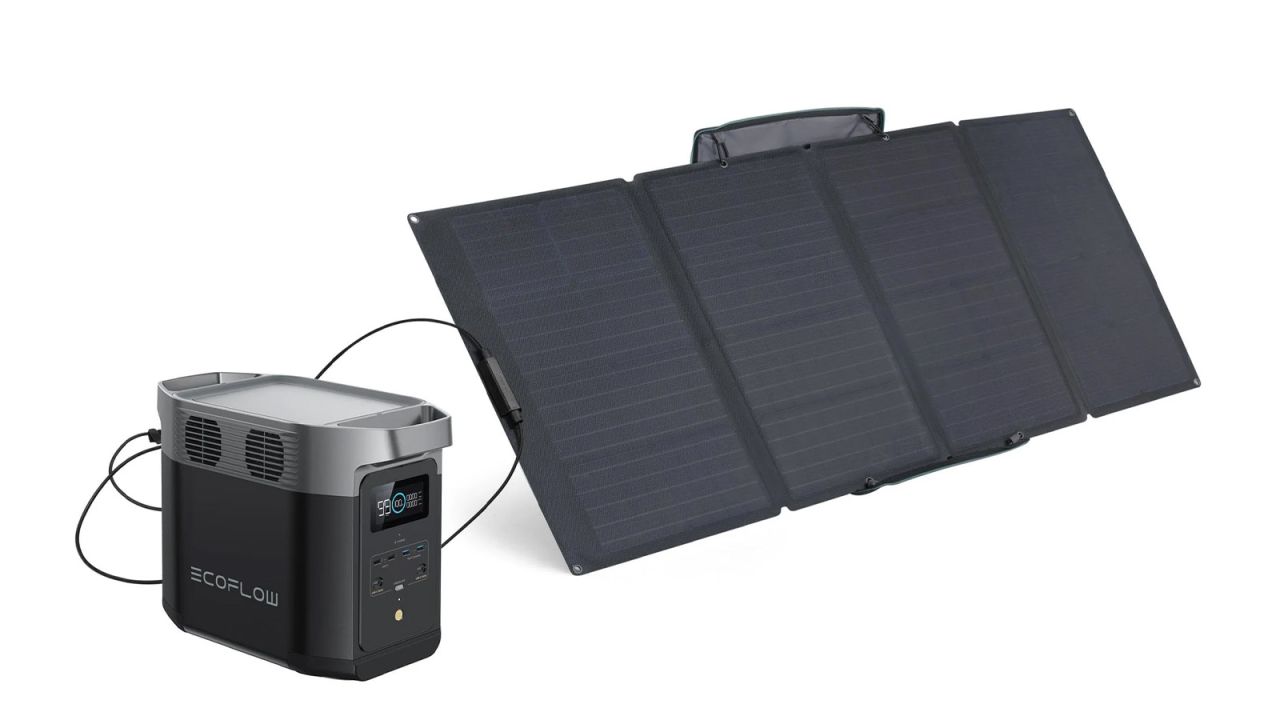
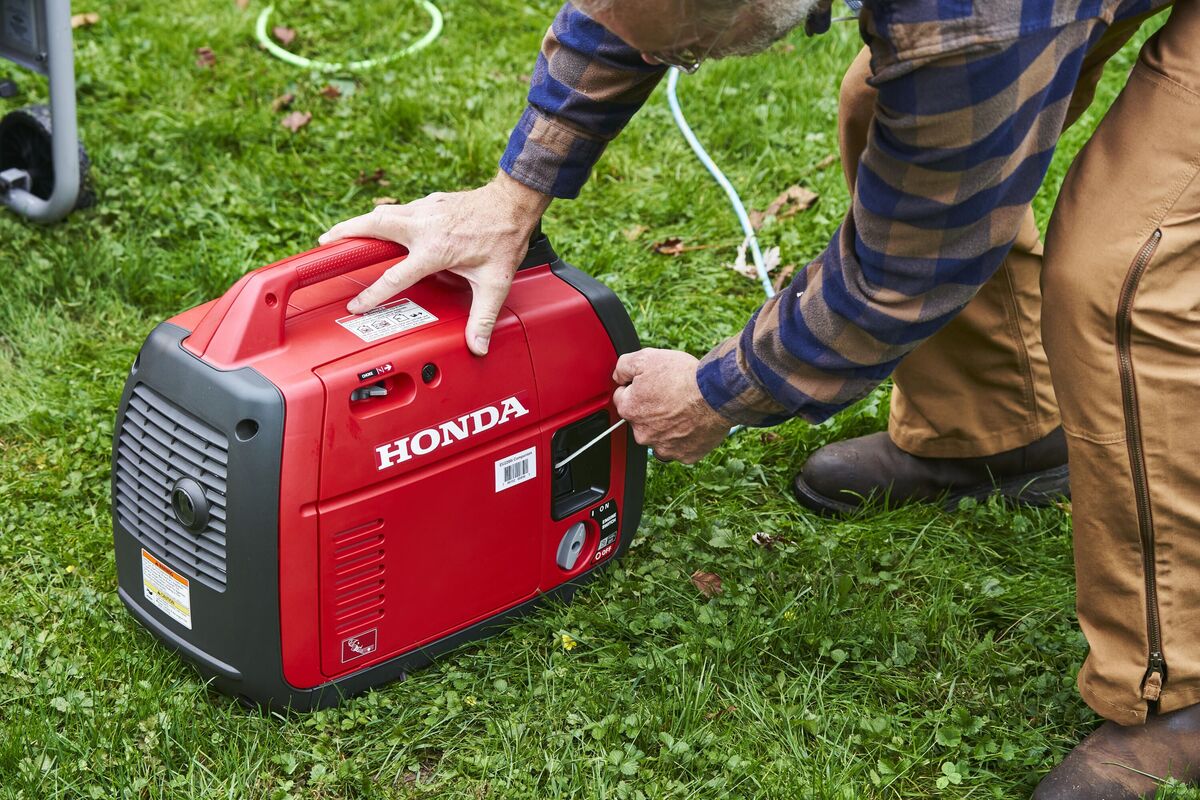
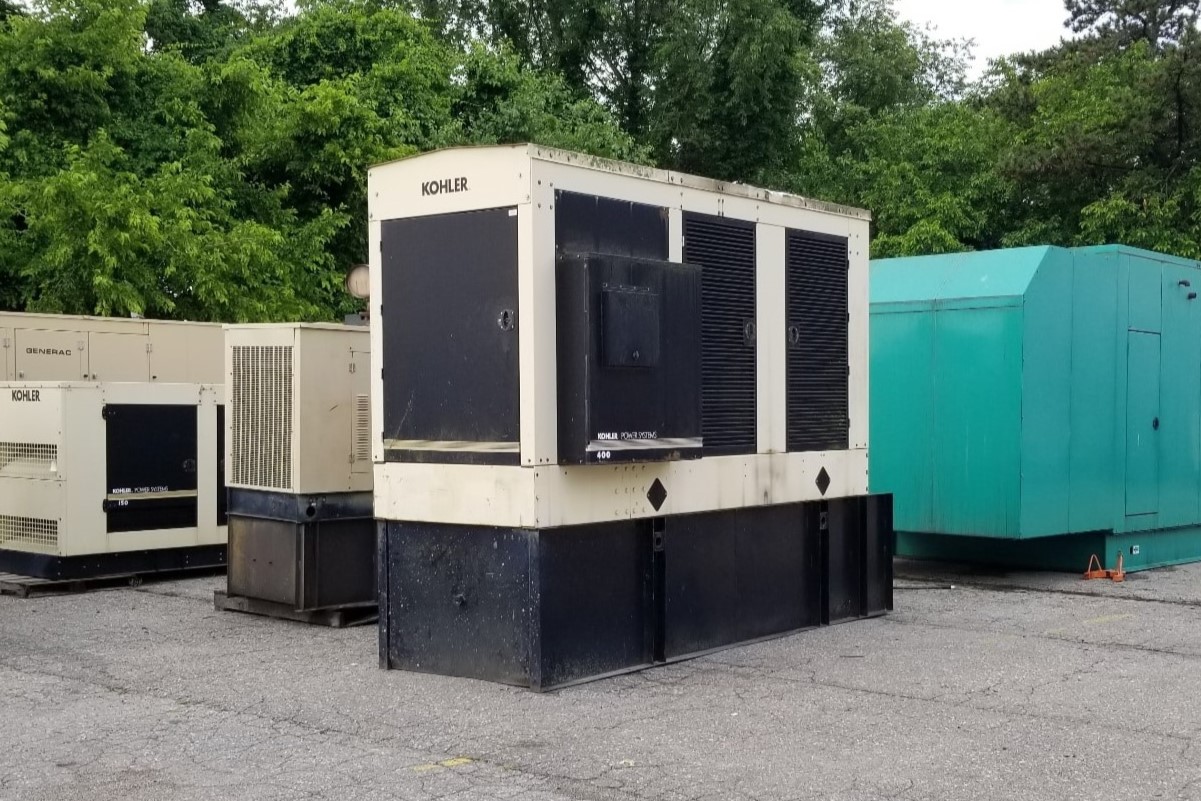
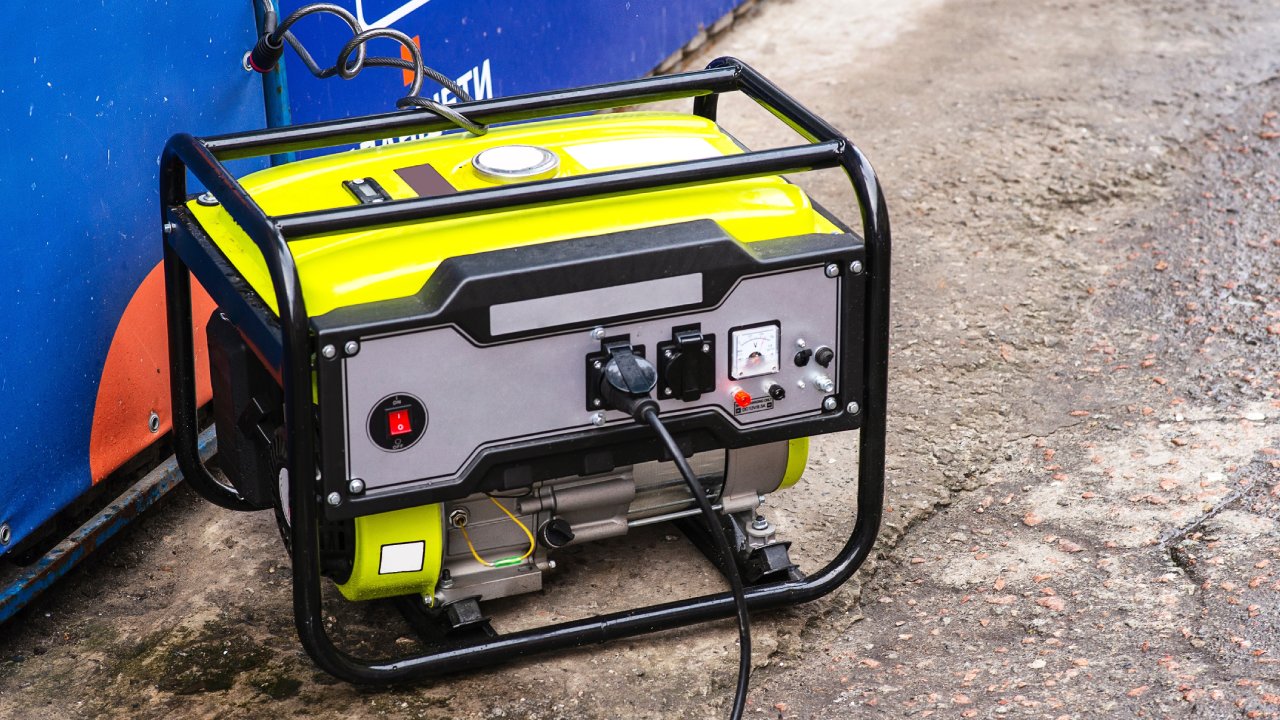
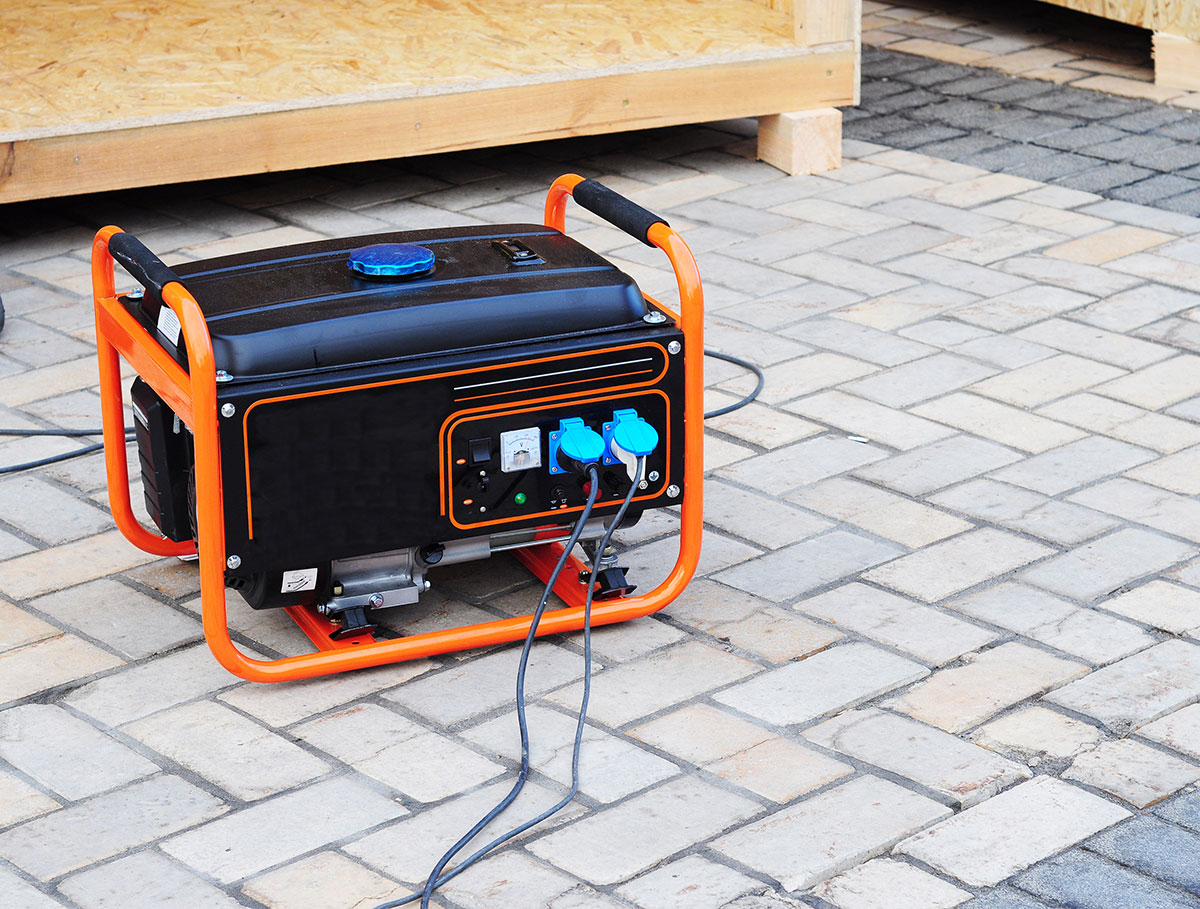

0 thoughts on “How Big Of A Backup Generator Do I Need”